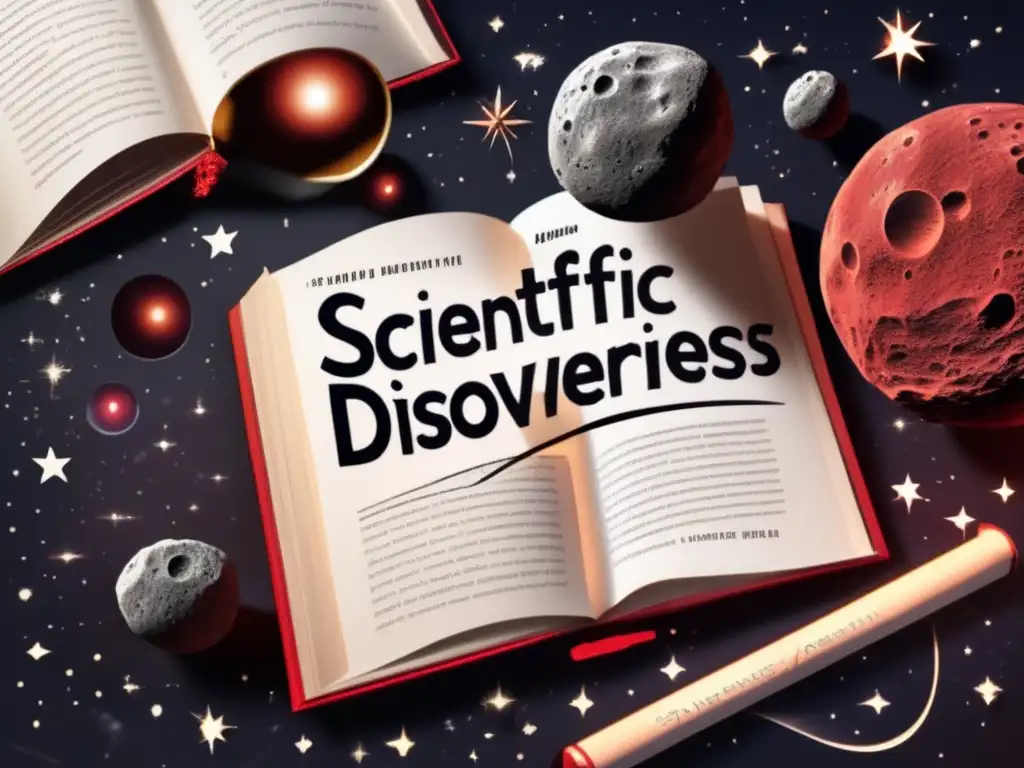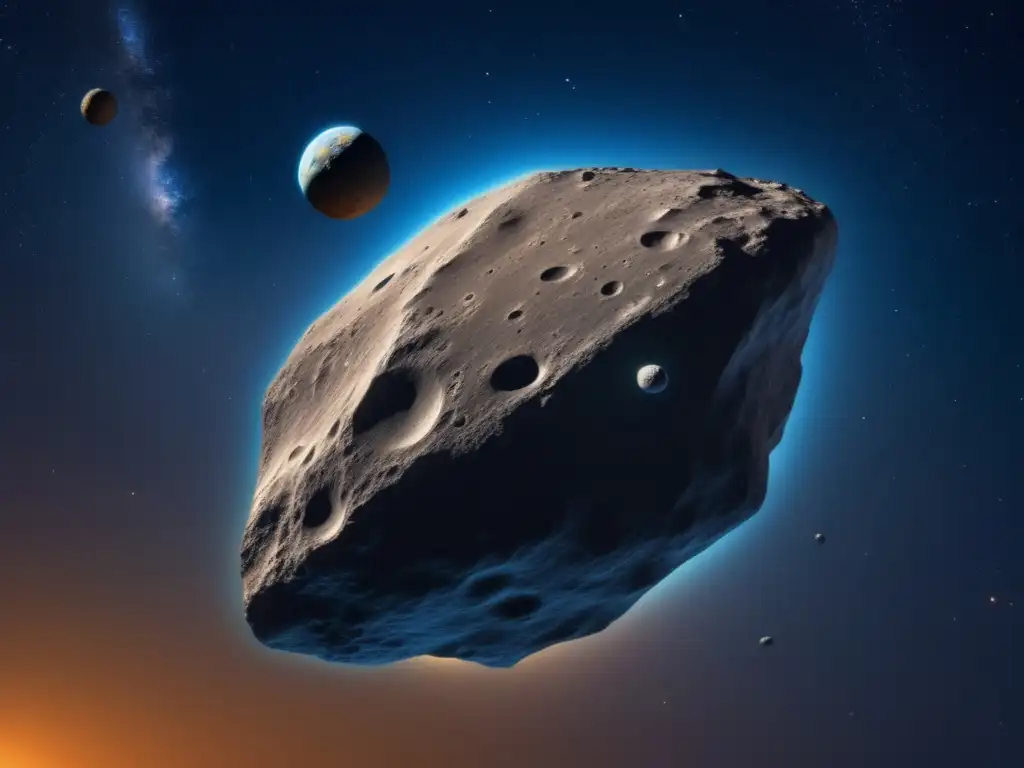The Scientific Relevance Of Asteroid Pylaemenes

Introduction
Asteroids have long been objects of fascination and scientific study. They provide valuable insights into the formation and evolution of our solar system. One such asteroid that holds scientific relevance is Asteroid Pylaemenes. In this article, we will explore the key characteristics and significance of this celestial object.
Physical Properties of Asteroid Pylaemenes

Size and Composition
Asteroid Pylaemenes has an estimated diameter of approximately 10 kilometers. It belongs to the carbonaceous Ch-type asteroid group, which indicates a high carbon content. This composition suggests a potential link to the origin of life on Earth, as carbonaceous asteroids often contain organic compounds.
Orbit and Location
Asteroid Pylaemenes follows an elliptical orbit within the asteroid belt, situated between the orbits of Mars and Jupiter. It has an average distance from the Sun of about 3 astronomical units. The asteroid's location within the belt provides opportunities for further exploration and research.
Formation and Evolution

Origin and Early History
Asteroid Pylaemenes likely formed during the early stages of the solar system, around 4.6 billion years ago. It is believed to be a remnant of rocky material that never coalesced to form a planet due to the gravitational influence of Jupiter. Studying its composition and structure can shed light on the conditions and processes that shaped our solar system.
Dynamical Interactions
Over millions of years, Asteroid Pylaemenes has experienced numerous dynamical interactions with other asteroids and the gravitational effects of planets. These interactions can alter its orbit, rotation, and even cause collisions. Understanding these dynamics aids in predicting future hazards and potential impacts on Earth.
Scientific Investigations and Discoveries

Spectroscopic Analysis
Scientists have conducted spectroscopic analysis of Asteroid Pylaemenes to determine its surface composition. By analyzing the wavelengths of light reflected off the asteroid, researchers can identify the presence of specific elements and compounds. This data helps in understanding the asteroid's origin and evolution.
Mission Exploration
In recent years, several space missions have been launched to explore and study asteroids up close. While Asteroid Pylaemenes has not yet been a direct target, the knowledge gained from other missions provides invaluable insights into the broader field of asteroid research.
Future Exploration Opportunities
Given the scientific significance of Asteroid Pylaemenes, there are ongoing discussions and plans for future missions to explore this intriguing celestial object directly. These missions would provide an unprecedented opportunity to collect samples and conduct in-depth analysis.
Frequently Asked Questions

-
Q: What is the size of Asteroid Pylaemenes?
A: Asteroid Pylaemenes has an estimated diameter of approximately 10 kilometers.
-
Q: What is the composition of Asteroid Pylaemenes?
A: Asteroid Pylaemenes belongs to the carbonaceous Ch-type asteroid group, indicating a high carbon content.
-
Q: Why is the study of Asteroid Pylaemenes scientifically relevant?
A: Asteroid Pylaemenes provides insights into the formation and evolution of our solar system, as well as the potential origin of life on Earth.
-
Q: Has Asteroid Pylaemenes been visited by any space missions?
A: No, Asteroid Pylaemenes has not been a direct target of space missions yet. However, data from other missions contributes to the overall knowledge of asteroid research.
-
Q: Are there plans for future exploration of Asteroid Pylaemenes?
A: Yes, there are ongoing discussions and plans for future missions to explore Asteroid Pylaemenes directly.
Conclusion
Asteroid Pylaemenes holds significant scientific relevance in the study of asteroids and the broader field of planetary science. Its size, composition, and orbit provide valuable insights into the origin and evolution of our solar system. Continued research and future missions offer exciting opportunities to deepen our understanding of this intriguing celestial object.
We encourage you to share your thoughts and engage with www.asteroidrealm.com. Subscribe to receive the latest updates, share this article on social networks, and join the conversation in the comments section. Thank you for your time and attention.
Additional Resources

To explore more about asteroids and their scientific significance, check out the following resources:
 Unravelling The Mysteries Of Asteroid Hecuba
Unravelling The Mysteries Of Asteroid Hecuba The Unique Qualities Of Asteroid Hector
The Unique Qualities Of Asteroid Hector The Tale Of Discovery: Asteroid Anchises
The Tale Of Discovery: Asteroid AnchisesIf you want to discover more articles similar to The Scientific Relevance Of Asteroid Pylaemenes, you can visit the Asteroid Profiles category.
Leave a Reply

Articulos relacionados: